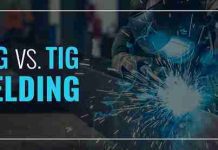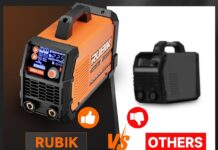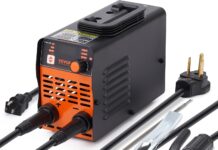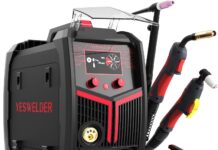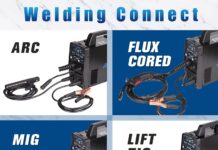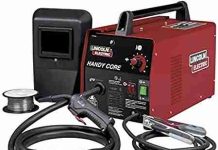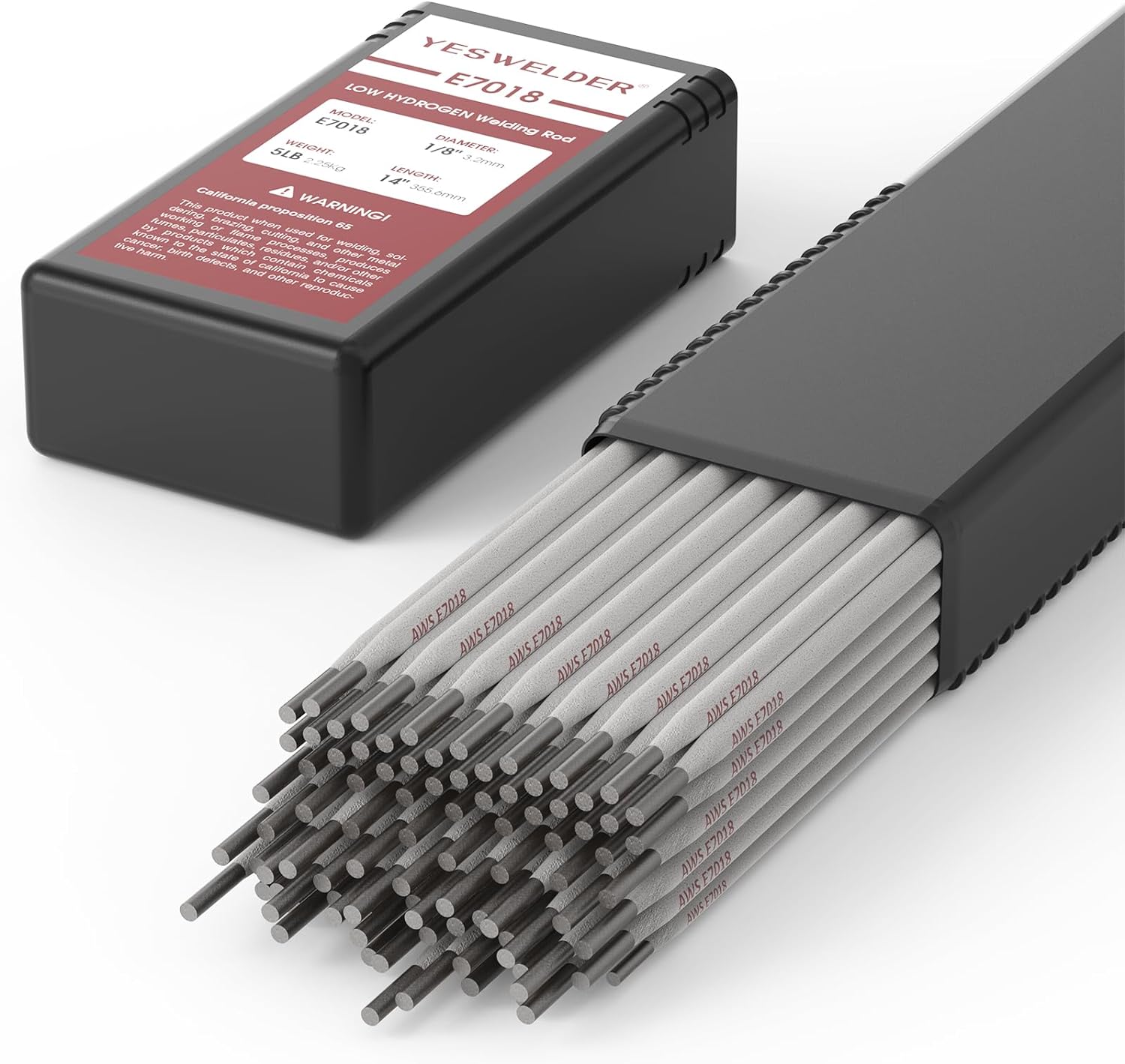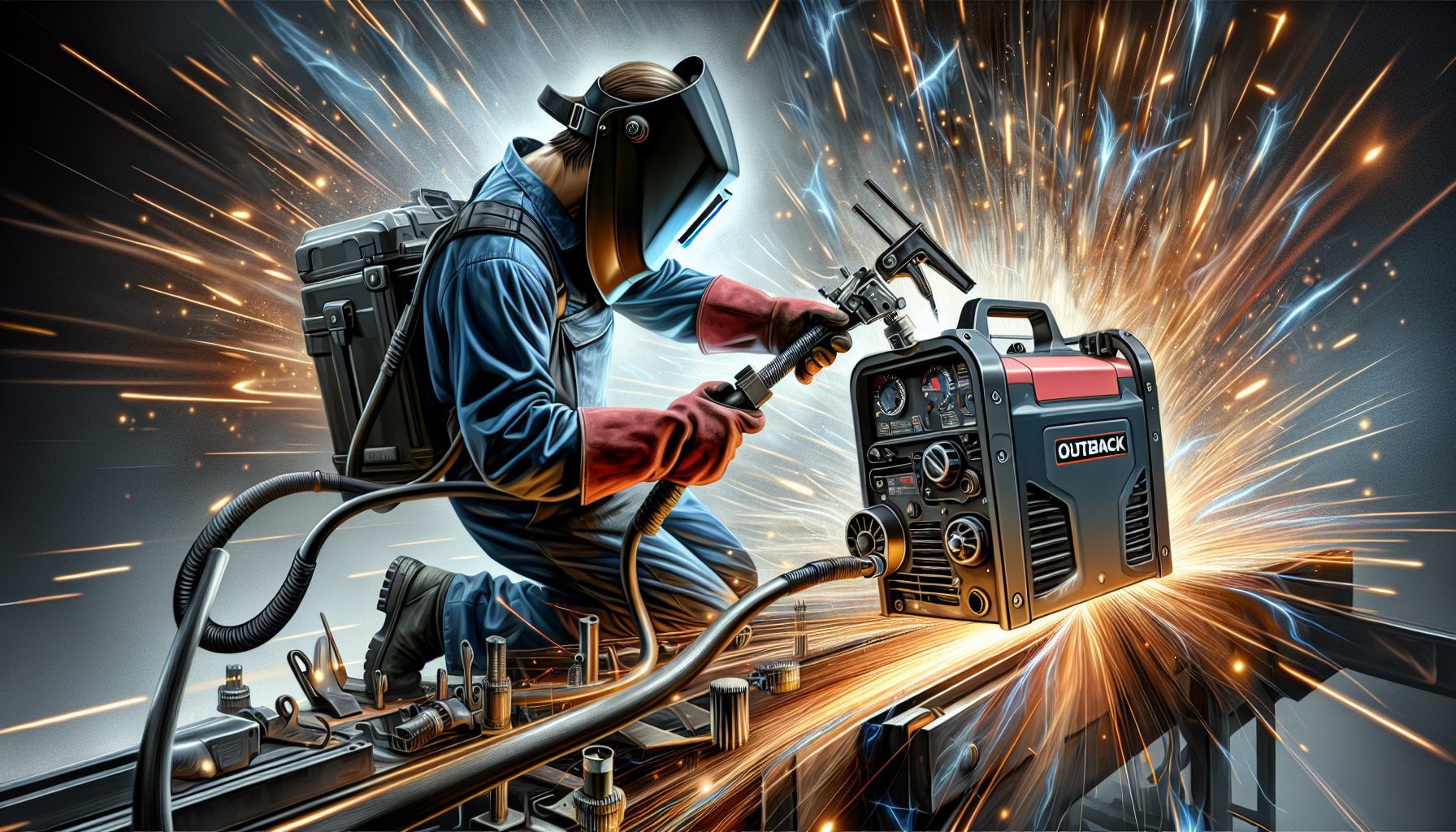Ready to learn how to set up and adjust a welding machine? Look no further! In this article, we’ll guide you through the essential steps and techniques for getting your welding machine up and running smoothly. Whether you’re a beginner or a seasoned welder, understanding the proper setup and adjustments is crucial for achieving precise and strong welds. So, let’s get started and uncover the secrets to optimizing your welding machine’s performance.
Checking the Power Supply
To ensure the welding machine functions properly, it is important to check the power supply. The first step in checking the power supply is to determine the voltage requirements of the welding machine. This information can usually be found in the manufacturer’s manual or on the machine itself.
Once you have determined the voltage requirements, you need to ensure that the power source is suitable. This means checking that the power outlet can provide the necessary voltage and amperage for the welding machine. It is important to use the appropriate power outlet and not to overload it, as this can lead to electrical issues and potentially damage the machine.
Additionally, checking the grounding of the welding machine is essential for safety reasons. Proper grounding helps to prevent electrical shocks and ensures the machine operates efficiently. It is important to ensure that the welding machine is properly grounded by connecting it to a grounding point or proper grounding system.
Selecting the Welding Process
After checking the power supply, the next step is to select the appropriate welding process. The choice of welding process depends on factors such as the type and thickness of the metal being welded. Different welding processes have different characteristics and are suitable for different types of welding applications.
When considering the metal type and thickness, it is important to choose a welding process that is suitable for the specific material. For example, certain welding processes may be better suited for welding stainless steel, while others may be more appropriate for aluminum.
Once you have determined the metal type and thickness, you can choose the appropriate welding process. Some commonly used welding processes include stick welding, MIG welding, TIG welding, and flux-cored arc welding. Each process has its own advantages and limitations, so it is important to consider factors such as the desired weld quality and the skill level of the operator.
Determining Electrode and Wire Types
Once you have selected the welding process, the next step is to determine the appropriate electrode and wire types. The type of electrode and wire used in the welding process is crucial for achieving high-quality and durable welds.
Matching the electrode to the base metal is important to ensure compatibility. Different electrodes are designed for specific materials, such as mild steel, stainless steel, or aluminum. Using the wrong electrode can result in poor weld quality or even damage to the base metal.
When deciding on the electrode diameter, it is important to consider factors such as the metal thickness and the welding current. Thicker materials may require larger diameter electrodes to provide sufficient penetration and heat transfer.
For MIG welding, it is important to identify the correct wire type. This depends on factors such as the base metal and the shielding gas used. Different wire types, such as solid wire or flux-cored wire, are available for different welding applications. Choosing the correct wire type ensures optimal weld quality and performance.
Setting the Welding Machine Controls
After determining the electrode and wire types, it is time to set the welding machine controls. This involves powering on the machine and adjusting various settings to achieve the desired weld.
To power on the machine, simply follow the manufacturer’s instructions. Once the machine is powered on, you can adjust the voltage and amperage settings according to the welding process and the metal being welded. These settings control the heat input and penetration of the weld.
Setting the wire feed speed is crucial for MIG welding. The wire feed speed determines the amount of wire being fed through the welding gun. Adjusting the wire feed speed ensures proper deposition of the filler metal and helps maintain a stable arc.
Choosing the appropriate polarity is important for certain welding processes, such as TIG welding. Polarity refers to the direction of the electrical current flowing through the welding circuit. The correct polarity ensures proper heat distribution and weld quality.
In addition to these main controls, it is important to configure other machine-specific controls. These may include settings for gas flow, pre-flow, post-flow, and other features that vary depending on the welding machine model. Consulting the manufacturer’s manual is essential to understand and adjust these controls properly.
Preparing the Work Area
Before starting the welding process, it is important to prepare the work area. This involves cleaning the metal surface, removing any coatings or contaminants, and positioning the workpiece correctly.
Cleaning the metal surface is necessary to remove any dirt, rust, or other impurities that could affect the quality of the weld. Various cleaning methods can be used, including wire brushing, grinding, or using a solvent to remove oils and greases.
Removing any coatings or contaminants is important to ensure proper weld penetration and adhesion. Coatings such as paint or galvanized coatings should be stripped before welding, as they can release toxic fumes or result in poor weld quality.
Positioning the workpiece correctly is crucial for achieving the desired weld joint. Proper alignment and fit-up of the workpiece ensure that the welding machine can access all the necessary areas and that the weld strength is optimal.
Installing and Positioning the Ground Clamp
The ground clamp is an essential component of the welding setup as it provides a safe return path for the welding current. Installing and positioning the ground clamp correctly is important for the overall welding performance.
Choosing a suitable location for the ground clamp is the first step in its installation. The ground clamp should be positioned on clean metal, close to the welding area, and away from paint or coatings. It should be easily accessible and securely attached to the workpiece.
Ensuring good metal-to-metal contact is crucial for the proper functioning of the ground clamp. The contact area between the ground clamp and the workpiece should be clean and free from any coatings or contaminants. Secure contact ensures a low-resistance path for the welding current.
To securely attach the ground clamp, use the appropriate method recommended by the manufacturer. This may involve clamping it directly onto the workpiece or using a magnetic or suction-based attachment for certain applications. It is important to check the manufacturer’s instructions for the specific method to be used.
Securing the Electrode or Wire
Once the ground clamp is properly installed, it is time to secure the electrode or wire in the welding machine. Properly securing the electrode or wire ensures consistent feeding and a stable arc during welding.
To insert the electrode or wire into the machine, follow the manufacturer’s instructions. Different welding machines have different methods for loading electrodes or feeding wire, so it is important to consult the manual for specific guidance.
After inserting the electrode or wire, securely fasten it in place according to the machine’s instructions. This may involve tightening a collet or screw, securing a clamp, or using a locking mechanism. Ensuring that the electrode or wire is properly tightened prevents slippage and maintains a stable arc.
Make sure the electrode or wire is properly aligned with the welding gun or torch. Improper alignment can result in contact issues, poor arc stability, and uneven welds. Double-checking the alignment before welding allows for smooth operation and consistent weld quality.
Adjusting the Shielding Gas
For certain welding processes, such as MIG welding, the use of shielding gas is necessary to protect the weld from atmospheric contamination. Adjusting the shielding gas requires determining the appropriate gas mixture, setting the flow rate, and checking for gas leaks.
Determine the appropriate gas mixture based on the welding wire being used and the metal being welded. Common shielding gases include argon, carbon dioxide, helium, and mixtures of these gases. The specific mixture depends on factors such as the weld process, desired weld characteristics, and material requirements.
Set the flow rate of the shielding gas according to the manufacturer’s recommendations. Proper flow rate ensures adequate coverage and protection of the weld. Adjusting the flow rate may involve using a flowmeter or adjusting a regulator valve on the gas cylinder.
Before starting the welding process, it is important to check for gas leaks. Gas leaks can lead to a compromised shielded atmosphere, affecting weld quality and potentially posing safety risks. A simple test, such as applying a soapy water solution to joints and connections, can help detect any leaks.
Testing the Welding Machine
Before proceeding with actual welding, it is advisable to perform a test run on scrap material. This allows for checking the functionality of the welding machine, evaluating the settings, and making any necessary adjustments.
During the test run, pay attention to the quality and penetration of the weld. Proper penetration ensures a strong and reliable bond. The weld should have good fusion with the base metal and show uniformity without excessive spatter or defects.
If any issues or inconsistencies are detected, adjust the welding machine controls accordingly. This may involve fine-tuning the voltage, amperage, wire feed speed, or other parameters. Iterative testing and adjustment help optimize the welding process and achieve the desired results.
Ensuring Safety Measures
While setting up and adjusting a welding machine, it is important to prioritize safety. Welding involves potentially hazardous processes and materials, so taking appropriate safety measures is essential.
Wearing appropriate personal protective equipment (PPE) is crucial for the safety of the operator. This includes items such as welding helmets, safety glasses, gloves, and protective clothing. PPE helps protect against welding-related hazards, such as arc flash, sparks, and fumes.
Keeping a fire extinguisher nearby is an important precautionary measure. Welding involves intense heat and sparks, which can create potential fire hazards. Having a fire extinguisher readily available helps to quickly and effectively respond to any fire incidents.
Maintaining a well-ventilated work area is vital for ensuring the health and safety of the operator. Welding fumes and gases can be hazardous if inhaled in high concentrations. Adequate ventilation, such as using exhaust fans or working in open spaces, helps remove harmful substances and provides fresh air circulation.
By following these steps and adhering to safety guidelines, one can effectively set up and adjust a welding machine. Taking the time to properly prepare and ensure all the necessary components and settings are in place ensures optimal welding performance and promotes a safe working environment.



